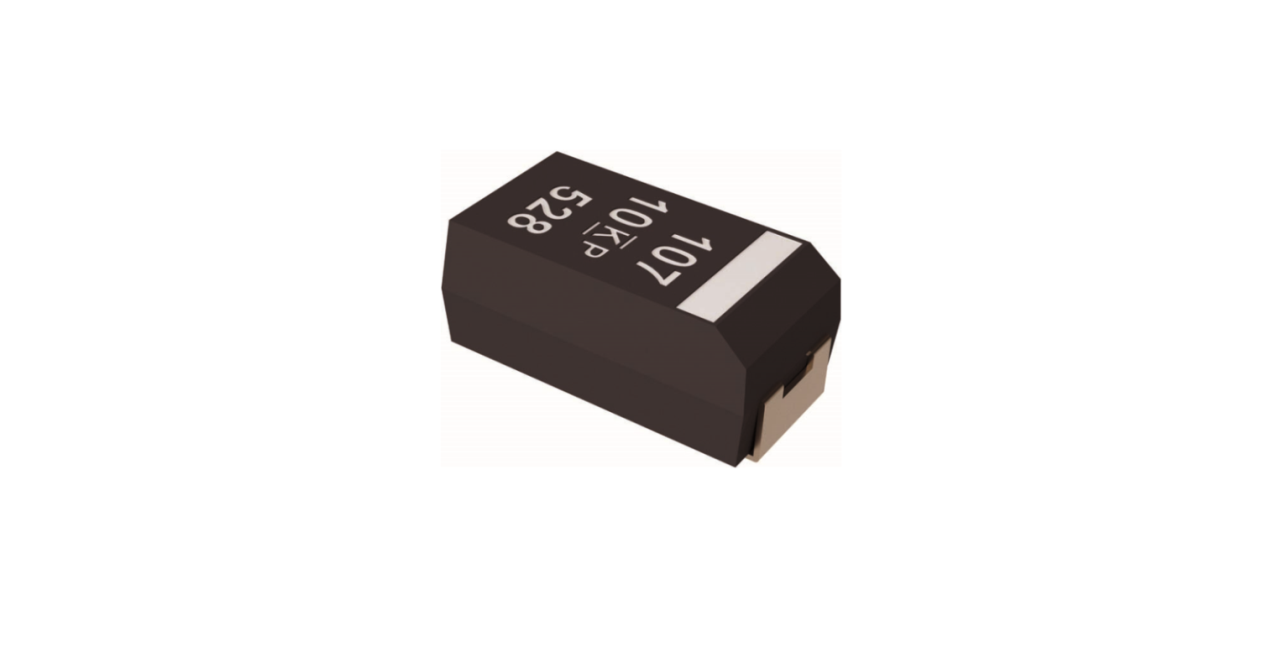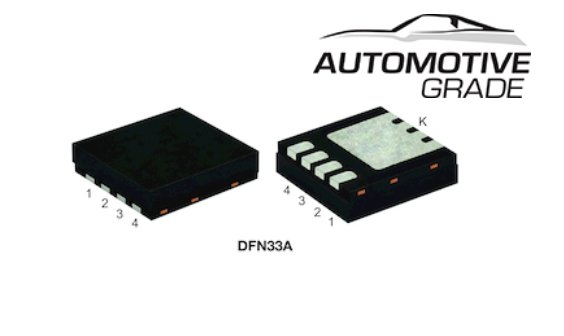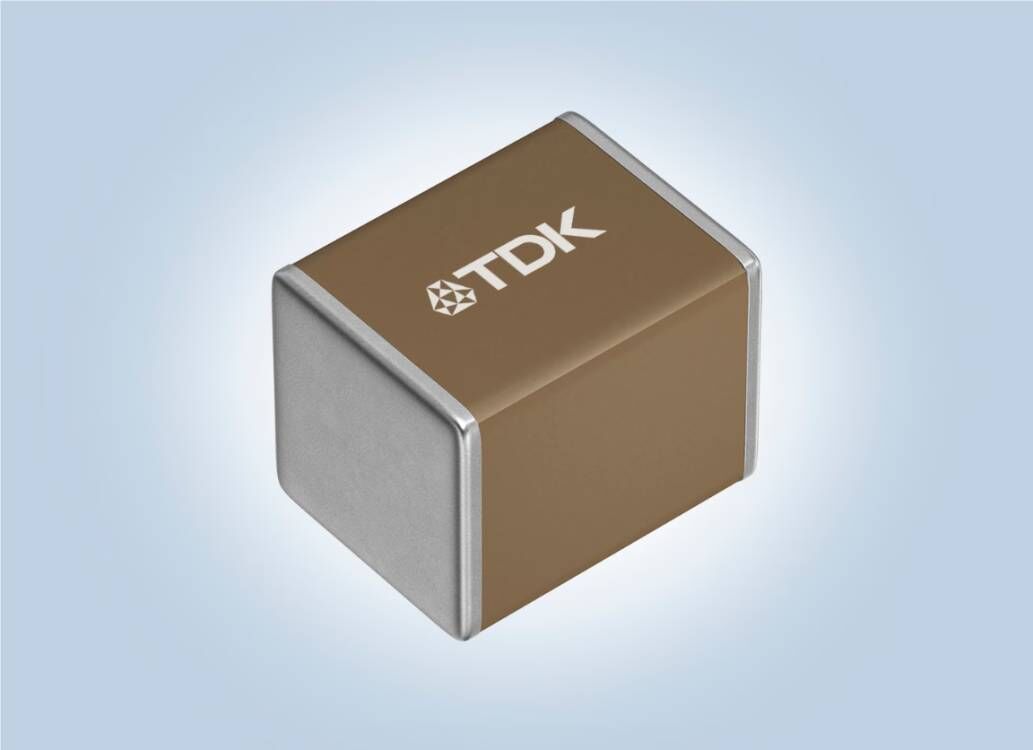The MLCC shortage has continued for nearly a year. The MLCC industry is undergoing a production capacity crisis. Although MLCC manufacturers are adding new production capacity, it will take a long time before the shortage will be relieved.
Due to the shortage of MLCC, the purchasing department of OEM, ODM or EMS was unable to purchase the MLCC for production in time, which caused the production line to stop and furtherly causing great losses. In fact, if the R&D department of the factory is willing to spend time, it is possible to use KEMET's KO-CAP product to replace the MLCC in PCBA.
Let us first understand its basic situation. KO-CAP is a polymer tantalum capacitor manufactured by KEMET. Like other types of tantalum capacitors (such as yellow manganese dioxide tantalum capacitors, sealed tantalum liquid tantalum capacitors), its dielectric layer (niobium pentoxide) is formed on metal blocks sintered from tantalum powder particles. At the same time, a layer of conductive polymer is used as a negative electrode to cover the surface of the dielectric layer. One of the biggest advantages of this conductive polymer is that it makes the ESR (equivalent series resistance) of the capacitor much lower than conventional tantalum capacitors (5-20mohms vs. 200-2000 mohms).
Although Ko-Cap can replace MLCC, it also needs to consider various factors and parameters and weigh the pros and cons. For example: capacitance, voltage, ESR (Equivalent Series Resistance), frequency, leakage current, size, and application environment conditions.
1. Capacitance
Compared with ceramic capacitors of similar size or the same size, the capacitance of the general KO-CAP will be larger, and the capacitance will not decrease after the DC bias is applied. The minimum value of KO-CAP is also 680nF (0.68uf) or more. If your total capacitance (a few capacitors are parallel and considering the DC bias characteristics of a Class 2 ceramic capacitor such as X7R/X5R/X6S) is less than this value, selecting KO-CAP is not appropriate. From the viewpoint of capacitance values alone, replacing one set of MLCC banks made up of several MLCCs in parallel with one to two polymer capacitors is worth considering.
2. Voltage
KEMET's polymer tantalum capacitors have a maximum rating of 75V, so if the actual operating voltage in your circuit exceeds 50V, you don't need to consider replacing it with MLCC. Including polymer tantalum capacitors, all tantalum capacitor gate dielectric layers are very thin, generally about 20nm (d), if the thin dielectric layer allows them to have a relatively large capacitance (C=K *A/d) also determines that their voltage will not be too high. Polymer tantalum capacitors with a rated voltage above 35V are classified as "high voltage." At the same time, a 10% voltage derating is recommended for polymer tantalum capacitors.
3. ESR
In general, ceramic capacitors have lower ESR than equivalent (size, capacitance, voltage) KO-CAP. This is not to say that there is no ultra-low ESR polymer tantalum capacitor, and some KO-CAP's ESR is as low as 8mΩ. Normally, we will be bounded by 10mOhms. If you need an ESR less than 10mohms, choosing KO-CAP to replace the MLCC may not be appropriate (from a cost perspective)
4. Frequency
Regarding the frequency characteristics of a polymer tantalum capacitor, the self-resonance frequency is a parameter that needs attention (roughly at 1 MHz), and it is generally recommended that the capacitance be below the self-harmonic frequency, which of course is not always the case. If the power management IC switching frequency exceeds 1 MHz, replacing polymer MLCCs with polymer tantalum capacitors is not a good choice.
5. Reverse bias Voltage
Polymeric tantalum capacitors are polar components, so they generally cannot withstand reverse voltages (KEMET recommends no more than 15% of rated voltage). If the position on the board needs to be loaded with a relatively large reverse voltage, it is not appropriate to choose KO-CAP.
In fact, one-to-one replacement with the same size is the simplest and most straightforward, but replacing a MLCC bank made up of several MLCCs with one polymer is a solution that can generate greater value.












All Comments (0)